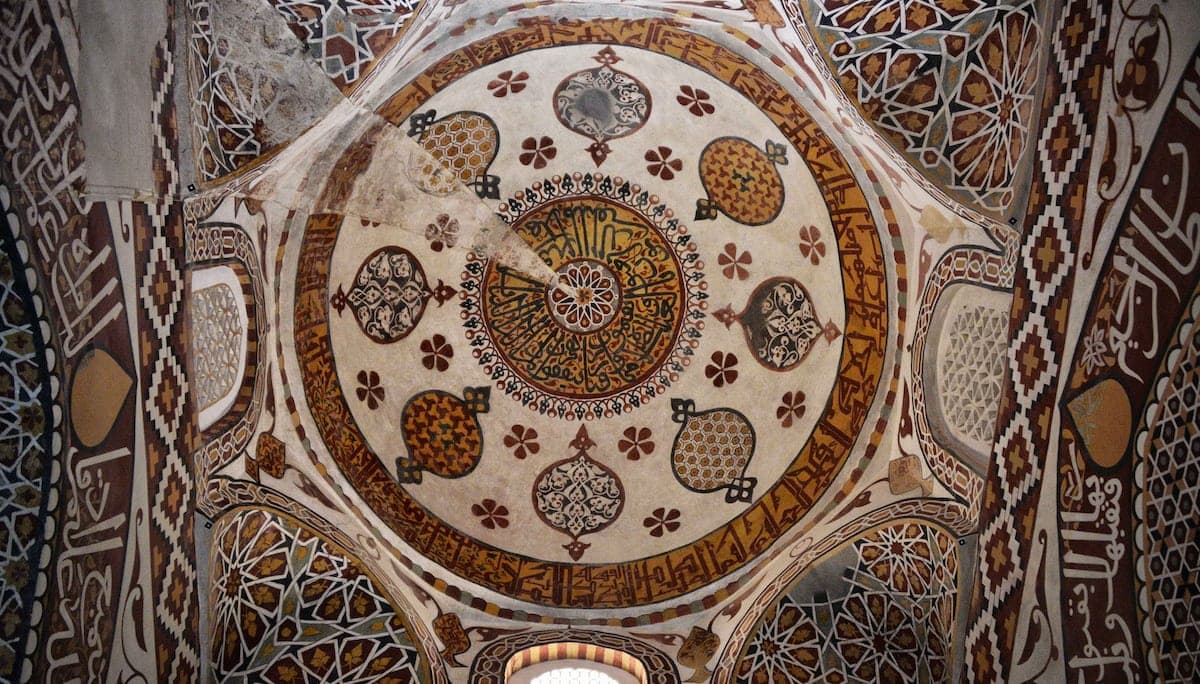Guidelines for Flags, Motifs and Symbols Representing Islam
Question: What are the guidelines governing how Muslims should design flags and symbols that represent Islam or Islamic values? What images and themes should be used in Islamic school mascots?
Answer:
Wa alaykum assalam wa rahmatullahi wa barakatuh,
Dear questioner,
Thank you for your important question.
To be quite honest, this question is far beyond me. I will merely try to give some very general guidelines.
The symbol representing Islam or Muslims, should not point to Muslims or any other creation, but rather point and guide to Allah. The symbol should not be that of an animal or human. It should also be exceptionally beautiful and profound.
Fuller answer:
The Point of Art
Plato was very much against art because he saw it a further step away from reality. Muslims would agree with this criticism but would hold that Islamic/spiritual art is of worth in that it brings one closer to the Ultimate Reality: Allah. Any art that points to individuals, personal opinions, or concepts besides Allah himself, is arguably un-Islamic.
Any symbolism used to reflect Islam or Islamic values should not direct the viewer to anything but Allah Himself.
Aniconism
Titus Burckhardt, a proponent of traditionalist thought and connoisseur of Islamic art said,
The absence of icons in Islam has not merely a negative but a positive role. By excluding all anthropomorphic images, at least within the religious realm, Islamic art aids man to be entirely himself. Instead of projecting his soul outside himself, he can remain in his ontological centre where he is both the viceregent (khalîfa) and slave (‘abd) of God. Islamic art as a whole aims at creating an ambience which helps man to realize his primordial dignity; it therefore avoids everything that could be an ‘idol’, even in a relative and provisional manner. Nothing must stand between man and the invisible presence of God. Thus Islamic art creates a void; it eliminates in fact all the turmoil and passionate suggestions of the world, and in their stead creates an order that expresses equilibrium, serenity and peace’ (Mirror of the Soul, Titus Burckhardt).
https://seekers.flywheelstaging.com/tag/images-of-animals/
Functionality and Simplicity
Please also see:
https://www.youtube.com/watch?v=iA7Z31n0Aag
https://www.youtube.com/watch?v=gpQlJkRI4ng
https://www.youtube.com/watch?v=pQ8YXI6gM80
Conclusion
Symbols, be they flags, emblems, or mascots, that represent Islam or Muslims should be tools that serve a purpose, point to Allah and not individuals, and should be simple but not too simple.
I pray this helps.
[Ustadh] Farid
Ustadh Farid Dingle has completed extensive years of study in the sciences of the Arabic language and the various Islamic Sciences. During his studies, he also earned a CIFE Certificate in Islamic Finance. Over the years he has developed a masterful ability to craft lessons that help non-Arabic speakers gain a deep understanding of the language. He currently teaches courses in the Arabic Language
